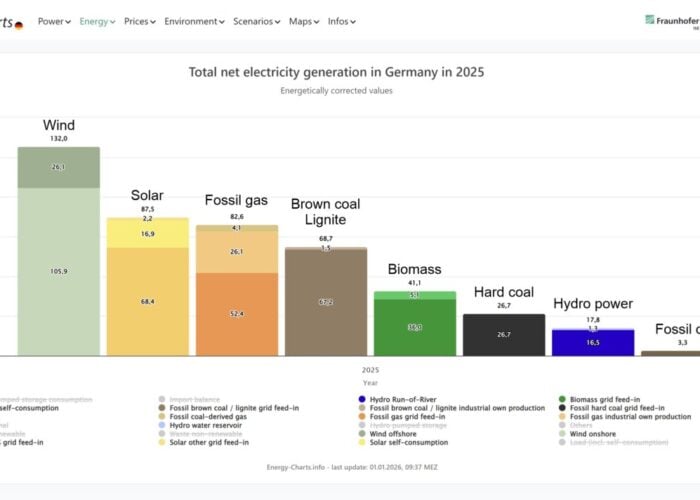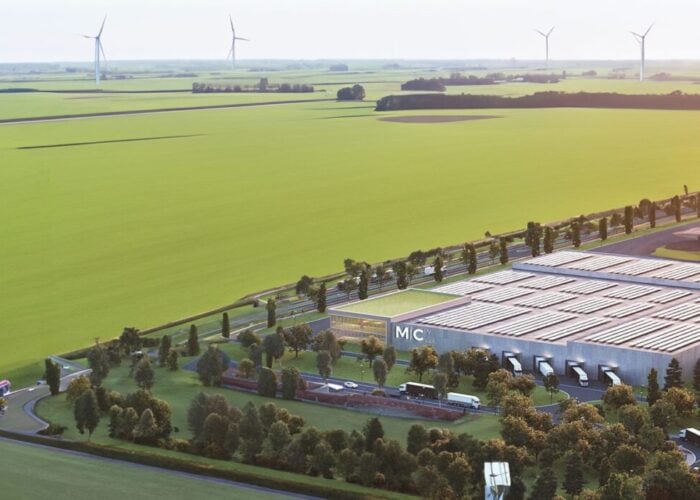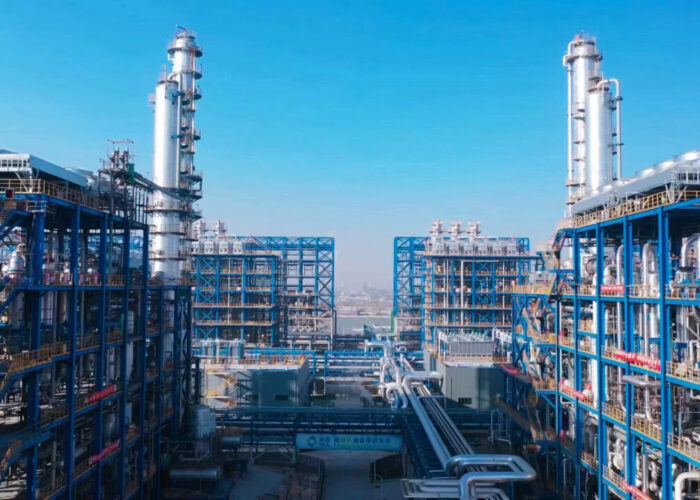A third New Zealand-funded PV system has been completed in Tokelau which means that the New Zealand-owned territory now has the capabilities to be powered by 100% solar energy, Foreign Affairs Minister Murray McCully said.
McCully stated: “The Tokelau Renewable Energy Project is a world first. Tokelau’s three main atolls now have enough solar capacity, on average, to meet electricity needs”.
Try Premium for just $1
- Full premium access for the first month at only $1
- Converts to an annual rate after 30 days unless cancelled
- Cancel anytime during the trial period
Premium Benefits
- Expert industry analysis and interviews
- Digital access to PV Tech Power journal
- Exclusive event discounts
Or get the full Premium subscription right away
Or continue reading this article for free
The South Pacific territory — which is composed of three atolls called Atafu, Nukunonu and Fakaofo — was previously reliant on diesel for electricity generation which McCully said had “heavy economic and environmental costs”. Tokelau's diesel generators were using up to 200 litres of fuel on a daily basis.
The solar power project involved constructing mini solar grids on each of the three atolls. These grids consist of standalone PV hybrid systems which were installed by New Zealand-based PowerSmart Solar. The systems utilise a total of 4,032 PV modules, 298 SMA inverters, 121 SMA Sunny Island Chargers and 1,344 batteries.
Specifically, the PV systems were equipped with 93 Sunny Island inverters which control the standalone systems on the three coral islands and 205 Sunny Boy inverters which convert the direct current produced by the PV modules into alternating current.
The inverter supplier SMA Solar Technology revealed that each of the three individual standalone systems is larger than any other SMA Sunny Island based system currently in existence. Furthermore, SMA claims that the 1MW system is the “biggest standalone power system in the world”.
“SMA was chosen for this project because of the high quality and technical advancement of our products. We were also able to offer comprehensive training to the Tokelaun people so that they can maintain their system themselves while relying on our service team to provide technical consultation when necessary”, explains Zygmunt Nejman, General Manager of SMA Australia. “This is a perfect example of our long term commitment to the island nations of the South Pacific, where this type of PV hybrid system is ideal.”
McCully added: “Completed on time and on budget, the project is an excellent example of how small Pacific nations can lead the way on renewable energy development.”
The New Zealand government provided NZ$7 million (US$5.8 million) to help finance the project though the full cost of the systems was NZ$8.5 million.
Official commissioning took place on 30 October at a local ceremony attended by Tokelaun leaders.






